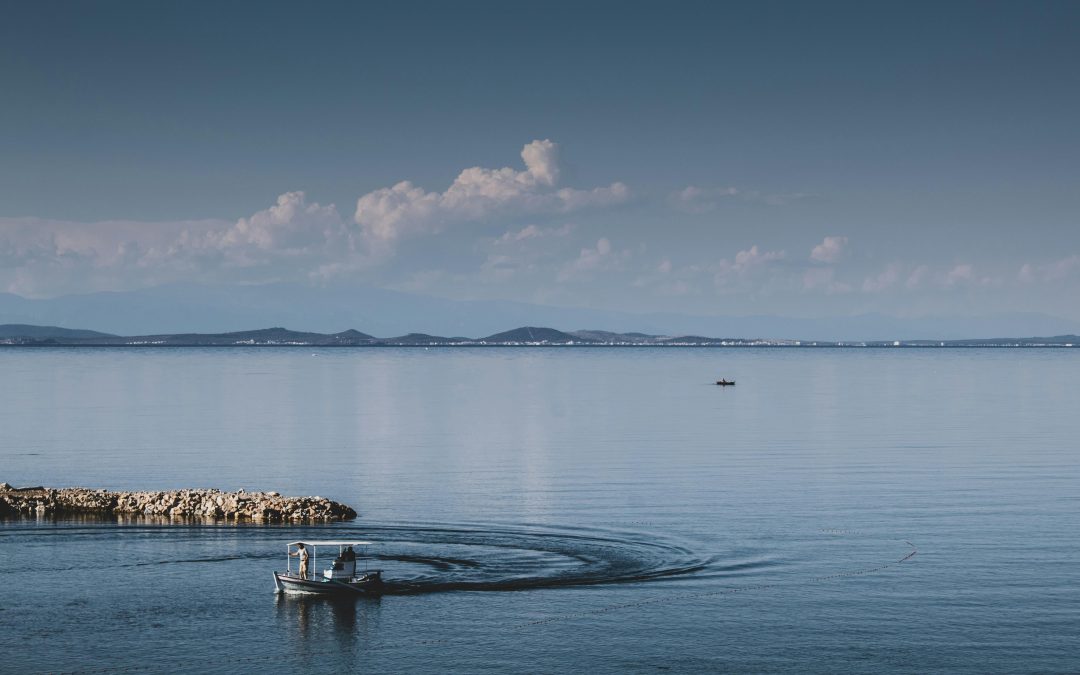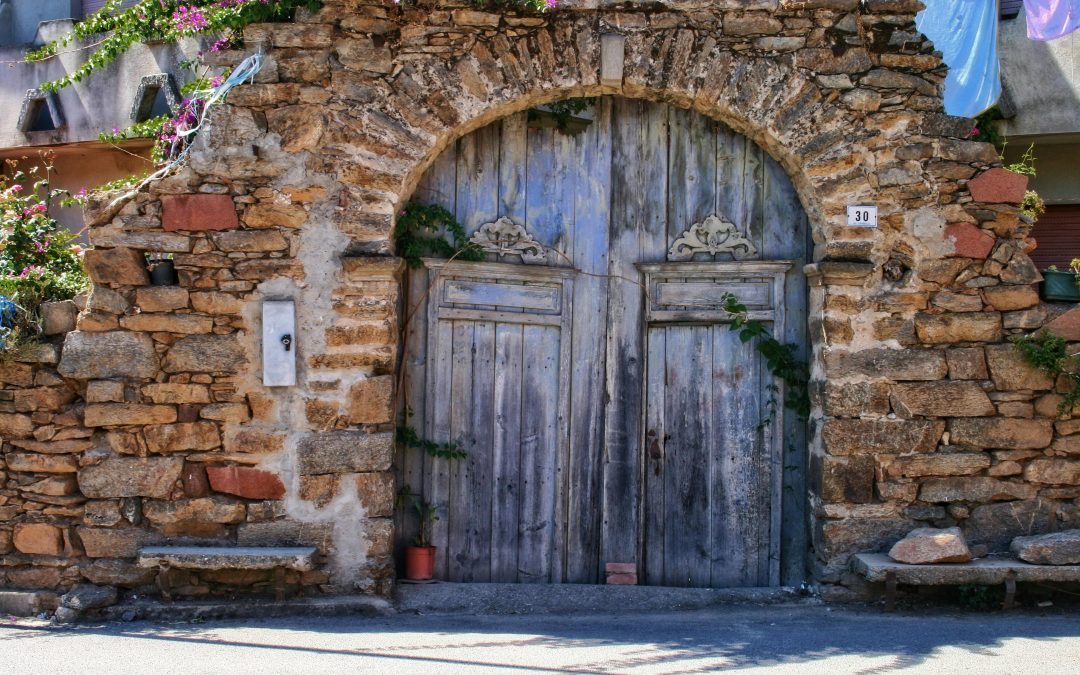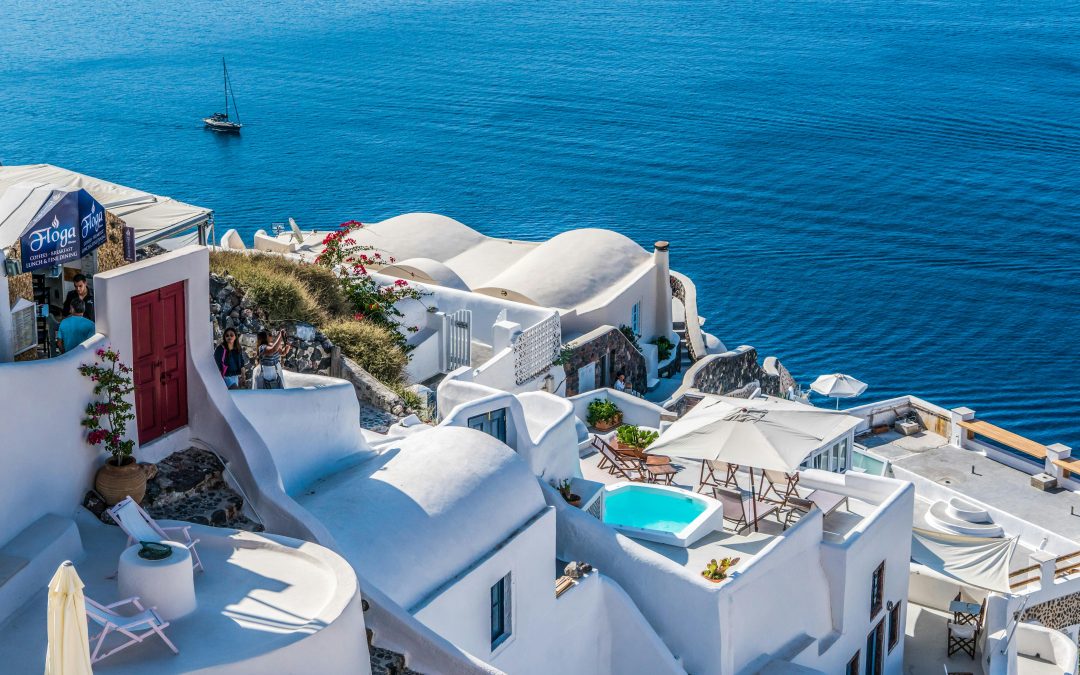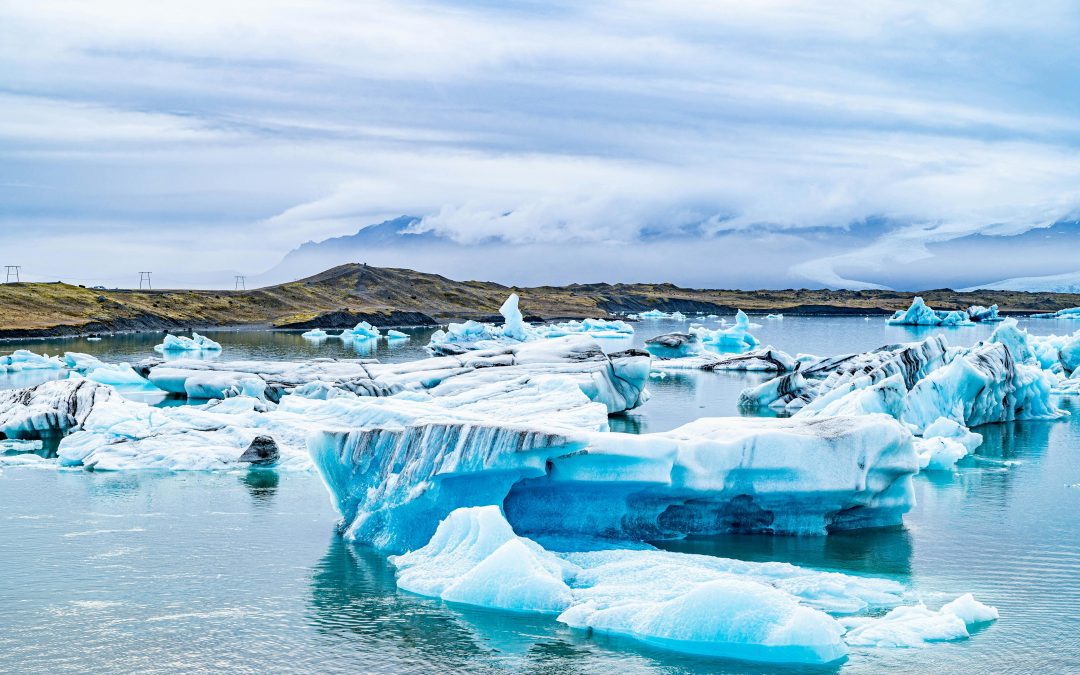Tucked between the Atlantic Ocean and Arcachon Bay, Cap Ferret is often called the “French Hamptons.” But that nickname barely scratches the surface. Unlike its glitzy Côte d’Azur cousins, Cap Ferret is a place where luxury is quiet, nature is king, and time slows to a pine-scented breeze.
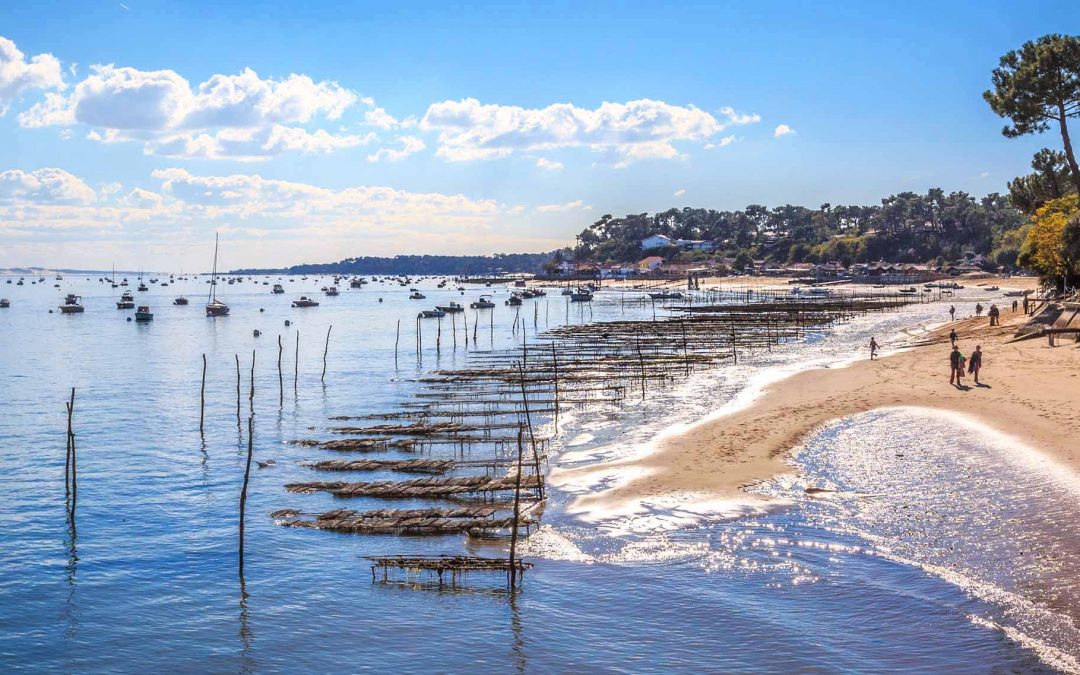
Cap Ferret
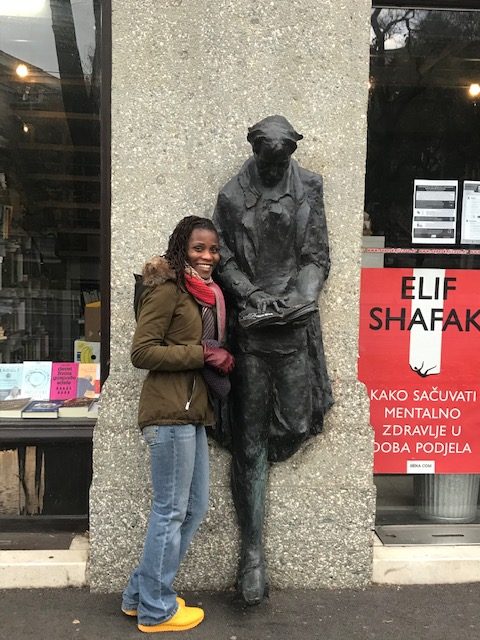
Cap Ferret: France’s Untamed Peninsula of Wild Luxury
Introduction: Where Simplicity Meets Sophistication
Tucked between the Atlantic Ocean and Arcachon Bay, Cap Ferret is often called the “French Hamptons.” But that nickname barely scratches the surface. Unlike its glitzy Côte d’Azur cousins, Cap Ferret is a place where luxury is quiet, nature is king, and time slows to a pine-scented breeze.
Cap Ferret is a study in contrasts: oyster shacks and designer villas, surf beaches and pine forests, barefoot cafés and Michelin-starred menus. In this blog, we’ll explore how Cap Ferret offers a rare kind of travel—one that’s wild, elegant, and deeply French.
1. The Geography: A Peninsula of Possibilities
Cap Ferret is a narrow strip of land that separates Arcachon Bay from the Atlantic Ocean. This unique geography creates two distinct coastlines:
- Bay Side: Calm waters, oyster farms, colorful fishing villages
- Ocean Side: Wild beaches, crashing waves, surf culture
The peninsula stretches for about 25 kilometers, with pine forests, sand dunes, and hidden trails connecting its many moods.
2. Arrival: The Journey Is Part of the Magic
Getting to Cap Ferret is part of the experience. Most travelers arrive via:
- Boat from Arcachon, crossing the bay in 20 minutes
- Drive from Bordeaux, winding through pine forests
As you approach, the landscape shifts—less urban, more elemental. The scent of pine and salt fills the air, and the sky opens wide.
3. The Vibe: Understated Elegance
Cap Ferret is not about flash—it’s about feeling. Locals and regulars embrace a kind of “barefoot luxury” that values authenticity over appearance.
What You’ll See:
- Families biking to the beach
- Artists sketching in cafés
- Locals sipping rosé at oyster shacks
- Surfers waxing boards at sunrise
It’s a place where everyone is 10 minutes late, and no one minds.
4. Where to Stay: Villas, Shacks, and Hidden Gems
Villa de la Pointe
- Location: Near La Pointe, the peninsula’s tip
- Style: White cabane-style villa with rattan furniture, tiled floors, and a pétanque court
- Vibe: Stylish, secluded, and deeply relaxed
Villa Cacciarella
- Location: Monte Argentario cliffs
- Style: 1970s nostalgia with marble kitchens and bamboo beds
- Vibe: Glamorous, vintage, and ocean-facing
Hôtel de la Plage, L’Herbe
- Style: Restored 19th-century dormitory with red-and-cream gables
- Vibe: Cozy, communal, and close to oyster farms
La Coorniche, Pyla-sur-Mer
- Style: Philippe Starck-designed lodge with infinity pool and dune views
- Vibe: Chic, cinematic, and perfect for sunset cocktails
Cap Ferret’s accommodations reflect its soul—elegant, earthy, and full of character.
5. The Food: Oysters, Wine, and Simple Pleasures
Cap Ferret is a paradise for food lovers, especially those who appreciate simplicity.
Oyster Shacks in L’Herbe
- Wooden cabins with colorful shutters
- Menus: oysters, shrimp, pâté, white wine
- Vibe: Casual, communal, and delicious
La Cabane D’Hortense
- Run by Khalid Zamrani, a local legend
- Known for its “zen space” and warm hospitality
- Oysters served with crisp rosé and laughter
Chez Hortense
- Iconic restaurant near La Pointe
- Famous for moules frites and seafood platters
- Terrace with panoramic bay views
Frédélian Café
- Art deco café at the heart of Cap Ferret
- Serves eggs Benedict, pastries, and dune blanche (local cream-filled pastry)
Food here is not about complexity—it’s about quality, freshness, and joy.
6. The Beaches: Wild, Windswept, and Wonderful
Cap Ferret’s beaches are among the most beautiful in France.
Plage du Truc Vert
- Vast, wild, and perfect for surfing
- Backed by dunes and pine forests
- Often empty, even in summer
La Pointe
- Where the ocean meets the bay
- Ideal for long walks, shell collecting, and sunset watching
Conche du Mimbeau
- Calm waters and oyster beds
- Great for swimming and kayaking
Whether you want waves or stillness, Cap Ferret has a beach for you.
7. Nature and Adventure: The Call of the Wild
Cap Ferret is a haven for outdoor lovers.
Cycling
- Bike paths crisscross the peninsula
- Rent a vintage vélo and explore at your own pace
Surfing
- Lessons available for all levels
- Best spots: Truc Vert and Horizon Beach
Hiking
- Trails through pine forests and dunes
- Views of Arcachon Bay and the Atlantic
Boating
- Sail to the Banc d’Arguin sandbank
- Explore hidden coves and oyster farms
Nature here is not curated—it’s raw, real, and ready.
8. Culture and Community: A Place of Stories
Cap Ferret is full of characters and stories.
Benoît Bartherotte
- Local icon who saved La Pointe from erosion
- Lives in a beach shack filled with drawings and memories
- Known for his eccentric charm and deep love of the land
Khalid Zamrani
- Started as a dishwasher, now runs one of the most beloved oyster shacks
- Creates a space where everyone feels welcome
- Proof that Cap Ferret is about people, not pedigree
These stories make Cap Ferret more than a destination—they make it a community.
9. When to Go: Seasonal Magic
Spring (April–May):
- Wildflowers bloom
- Fewer crowds
- Ideal for hiking and cycling
Summer (June–August):
- Warm waters
- Vibrant beach life
- Village fête in August
Autumn (September–October):
- Golden light
- Oyster season begins
- Peaceful and poetic
Avoid winter unless you crave solitude and stormy seas.
10. How to Travel Sustainably in Cap Ferret
Cap Ferret’s beauty is fragile. Here’s how to protect it:
- Use bikes or walk instead of driving
- Support local businesses and artisans
- Avoid single-use plastics
- Respect dunes and wildlife
- Travel off-season to reduce pressure on infrastructure
Sustainable travel here is not a trend—it’s a responsibility.
11. Voices from Cap Ferret: Reflections from the Peninsula
Camille, 32, Paris
“Cap Ferret is where I go to breathe. It’s elegant without trying, wild without apology.”
Julien, 45, Bordeaux
“I’ve traveled the world, but nothing compares to oysters at sunset in L’Herbe.”
Nina, 28, London
“It’s the only place I’ve found where luxury feels like freedom.”
12. What to Pack for Cap Ferret
- Linen shirts and swimsuits
- A bike lock and sunhat
- A sketchbook or camera
- A good book and open heart
Cap Ferret is not about what you wear—it’s about how you feel.
Conclusion: The Luxury of Letting Go
Cap Ferret is a rare kind of place. It doesn’t demand attention—it earns it. It doesn’t shout—it whispers. And in that whisper, travelers find something precious: peace, presence, and a deeper kind of luxury.
So if you’re ready to trade noise for nature, glitter for grace, and speed for stillness, Cap Ferret is waiting. Come for the oysters, stay for the soul.

Written by
More From This Category

Cap Ferret

Cap Ferret
Tucked between the Atlantic Ocean and Arcachon Bay, Cap Ferret is often called the “French Hamptons.” But that nickname barely scratches the surface. Unlike its glitzy Côte d’Azur cousins, Cap Ferret is a place where luxury is quiet, nature is king, and time slows to a pine-scented breeze.

Cap Ferret
Tucked between the Atlantic Ocean and Arcachon Bay, Cap Ferret is often called the “French Hamptons.” But that nickname barely scratches the surface. Unlike its glitzy Côte d’Azur cousins, Cap Ferret is a place where luxury is quiet, nature is king, and time slows to a pine-scented breeze.
Comments
Our Newsletter

